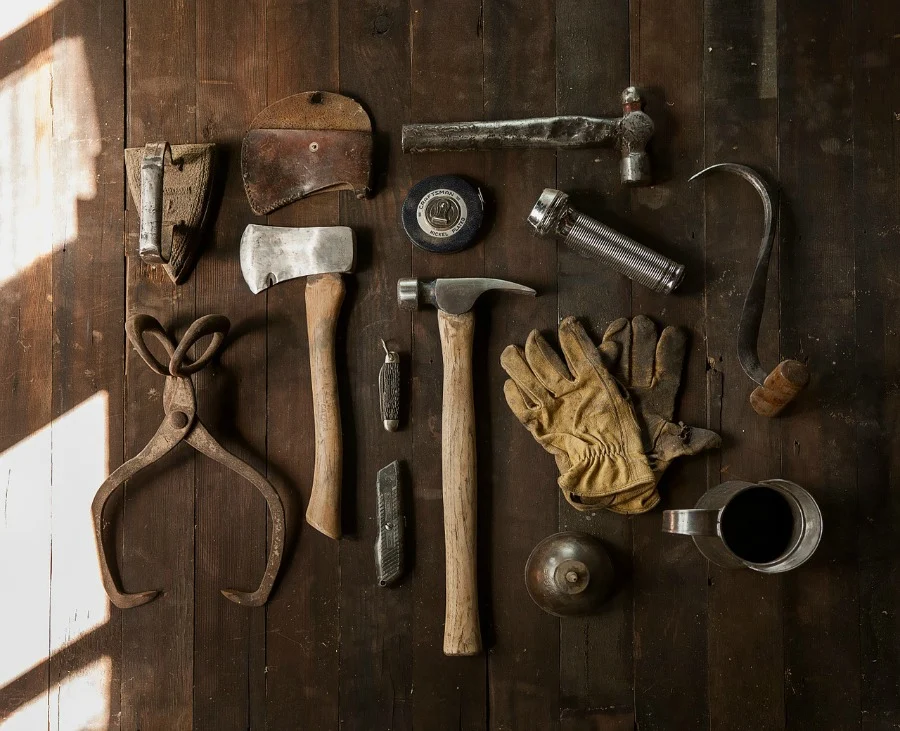DIY is, one would think, sent to try us. It’s something that we have to embark on if we want our homes to be at their best, but it’s also a testing time. Unless you are a skilled professional, there will always be an element of: “do my best and hope I don’t break anything” when it comes to DIY.

Unfortunately, people can and do break things. DIY disasters have been well-documented, but what are the most common holes that enthusiastic DIYers just can’t seem to help falling into? Before you tackle your next renovation, here’s a rundown of the most common DIY mistakes that you will want to ensure you avoid…
Dicey Drilling (Part One)
Drilling i often the cause of the most common DIY mistakes. So let’s say you’re doing something very simple like installing a new wall-mounted towel rack in the bathroom. Lovely. It’s going to save you space and make life easier, and you can’t wait to get started. You grab the drill, aim for the wall, and then
… you drill straight into a water pipe.
Suddenly, your small bathroom DIY project has become a huge issue. You have to deal with the sudden leak, but stemming that alone isn’t going to fix the whole mess. If you weren’t quick enough to bung the hole, then you’ll find yourself dealing with the aftermath of water damage and the havoc that can cause.
Prevent It: Use a handheld electronic pipe-finding device that you can scan over the wall to check for any pipes beneath. Only drill when you see a green light.
Dicery Drilling (Part Two)
The above is a pretty powerful example of drilling without forethought, but there’s far worse that can happen. Rather than drilling into a water pipe, there’s a very real chance you could drill straight into an electrical cable. While drilling into a water pipe is incredibly inconvenient and expensive, doing the same to an electrical cable is… well… deadly.
Prevent It: As well as using the aforementioned handheld devices to detect wires and underlying structures you need to avoid, always drill with the electricity turned off. While this won’t prevent damage to the cables, it will at least prevent you from being in the line of charge should you hit a wire.
Hammer Hazards
Another of the most common DIY mistakes is caused by hammers. It would be impossible to discuss DIY disasters without a nod to that most destructive of DIY implements: the hammer. Hammers are not mild objects, designed for delicate work. Their entire purpose is to utilize brute force and smash their way to completion.
Of course, hammers don’t know what they are meant to be destroying. If your hand just happens to be in the way when you bring the hammer down, said hammer isn’t going to blink at the idea of smashing into your skin and bones rather than whatever you’re trying to hammer. You can do real damage by not taking care when using hammers, which is why they should be treated with the utmost of respect.
Prevent It: It should go without saying, but the number of people injured every year in hammer accidents suggests that it does need saying, so: don’t bring a hammer down anywhere near your hand. Use forceps and vices to keep whatever you’re hammering steady, keeping your free hand well out of the way!
